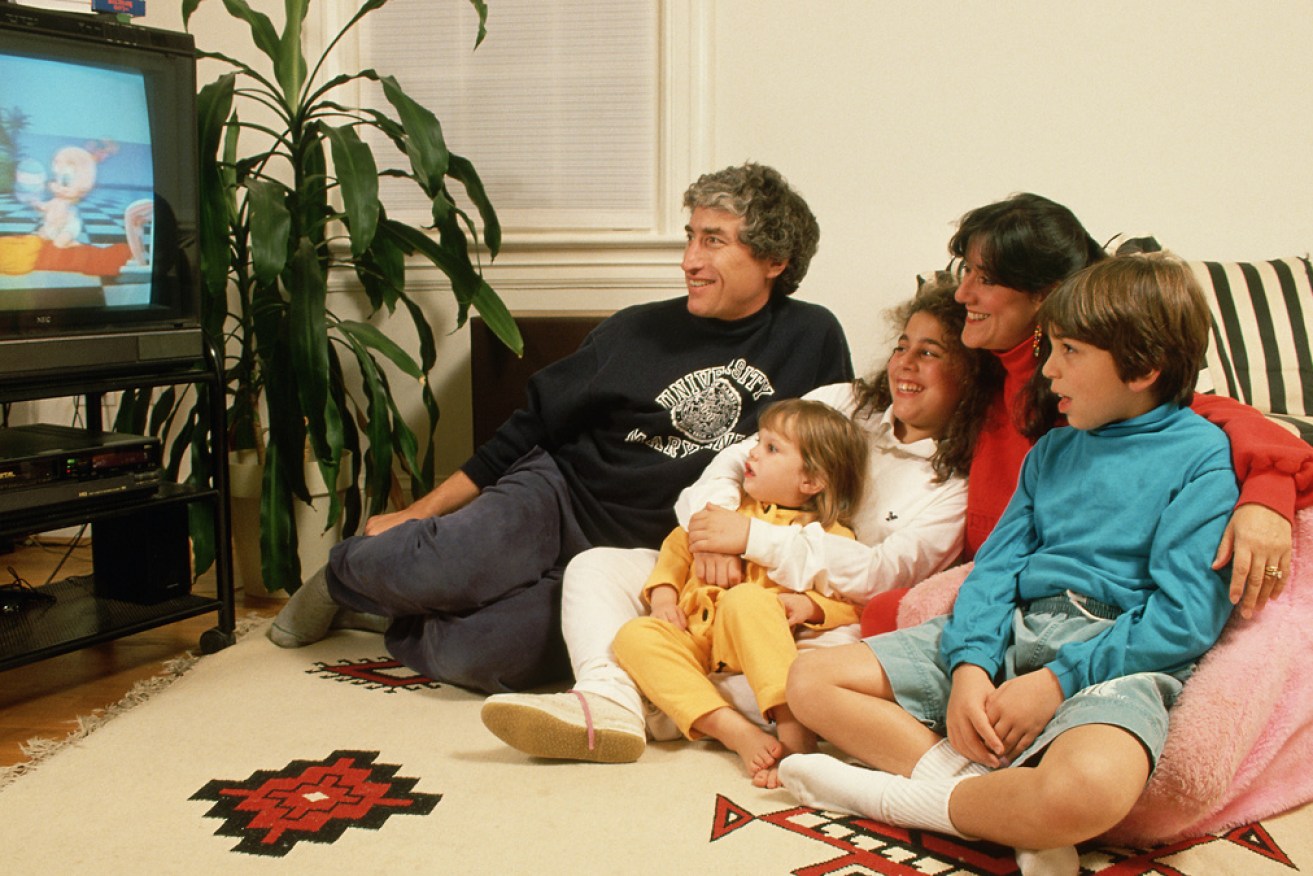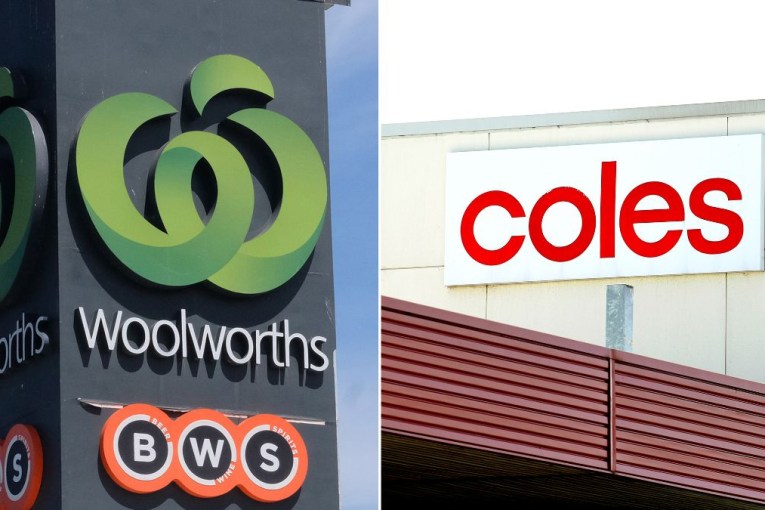Australians aren’t just watching less TV – they’re not even buying them


It's not often you'll see the whole family gather in front of the TV for a quality night in – and it's showing in the marketplace. Photo: Getty
News of a major manufacturer withdrawing from the Australian TV market is just a signal of what’s to come, as viewers steer away from traditional living room viewing in favour of individual bingeing, an industry insider says.
Panasonic this week announced it would no longer be selling TVs in Australia in “light of current local market conditions”, and would instead be focusing on strengthening its other lines of products.
When was the last time your household sat down in front of the television, with the sole purpose of viewing a program or movie, in crisp, high-definition colour?
If you’re finding it hard to remember, you’re part of the changing television landscape, Deakin University retail and marketing expert Michael Callaghan says.
Panasonic is just the first high-profile victim of Australians’ newly found, diluted attitude towards television viewing, Dr Callaghan told The New Daily.
And the killer is consumer behaviour.
“The way in which people consume television has changed, from Millennials through to Baby Boomers – we like to curl up in bed with a laptop or tablet,” Dr Callaghan said.
To cater to that want, TV has migrated towards streaming platforms, spelling trouble for broadcasters and advertising – and now, the physical sets themselves.
“Ten, 20 years ago, the television was the central focus of the home. That was the big-ticket item,” Dr Callaghan said.
“Times have moved on from there.”
https://twitter.com/IanOnFilm/status/1224294482042073089
It’s hard to pinpoint exactly where each manufacturer stands in the Australian market, but data from November 2018 shows Samsung and LG as the leaders with 28.1 per cent and 18.8 per cent of the Aussie TV market respectively.
Panasonic trailed behind Hisense, Sony and TCL with just 4.5 per cent.
No longer one size fits all
We’re on the precipice of entering a new retail age where there’s no longer a comfortable spread of televisions of all sizes and prices.
Instead, Dr Callaghan said, we will soon have distinct lower and upper ends of the television buying market.
At the lower end will be offerings from the likes of Aldi, Kogan and store brands – priced at a couple of hundred of dollars and designed just to watch, not necessarily to enjoy.
“I don’t want to say Australians are bogans, but the average Australian is not interested in the past eight years of technological developments in television,” Dr Callaghan said.
“The average consumer, they don’t give a rats about 4K, hell forbid 8K or even 3D.”
Australian TV buyers will fall into two categories: Those who value their TV experience and want the latest tech and the highest definition (and even this market might steer away from televisions altogether, and opt for home theatre projectors).
Then there will be those who just want a TV for the sake of a TV; a secondary screen to their laptop or tablet that can bring them the shows they want, when they want, where they want.
Big trouble in big screens
Panasonic found trouble at the top.
It was the leader when plasma televisions were all the rage.
But tastes changed – plasmas were big energy suckers (and they ran hot), LED/LCD screens entered the market with better energy stars and lower price points.
My 65” Panasonic Plasma (the last model plasma they sold in Australia) is still going strong and has fantastic picture quality. And it doubles as a heater. Bargain. pic.twitter.com/ipW0cy1mby
— Robert Rigby 😎 🇦🇺 (@RobertPRigby) February 3, 2020
Panasonic couldn’t keep up. The first sign of the once-powerful brand’s waning power was in the US, where it pulled TVs from shelves in 2016.
It has been rumoured in Australia that Sony could follow its lead.
In March last year, the Japanese giant was forced to quit Australia’s smartphone market.
That led to rumours, fleshed out at Channel News this week, that they’d be the next TV model to turn off.
The article quoted a “key retailer” as saying: “The Panasonic exit is not surprising, however Sony is doing OK in the local premium market and this should improve with the exit of Panasonic, as there are people out there who see Japanese brands such as Sharp, Panasonic and Sony as being premium brands.”
Dr Callaghan disagrees, simply because of the value of the overall brand of Sony: Australian Sony customers who own one product are likely to own more, and that’s something a company doesn’t ignore.
One brand we will see disappear is Toshiba, which was bought by Hisense a couple of years ago.
With the market shrinking, Dr Callaghan said, there’s no sense for Hisense to offer one TV under two brands.
He does, however, expect we will see Sharp move into the Australian market as the department stores seek a Panasonic replacement to fill their offerings.








